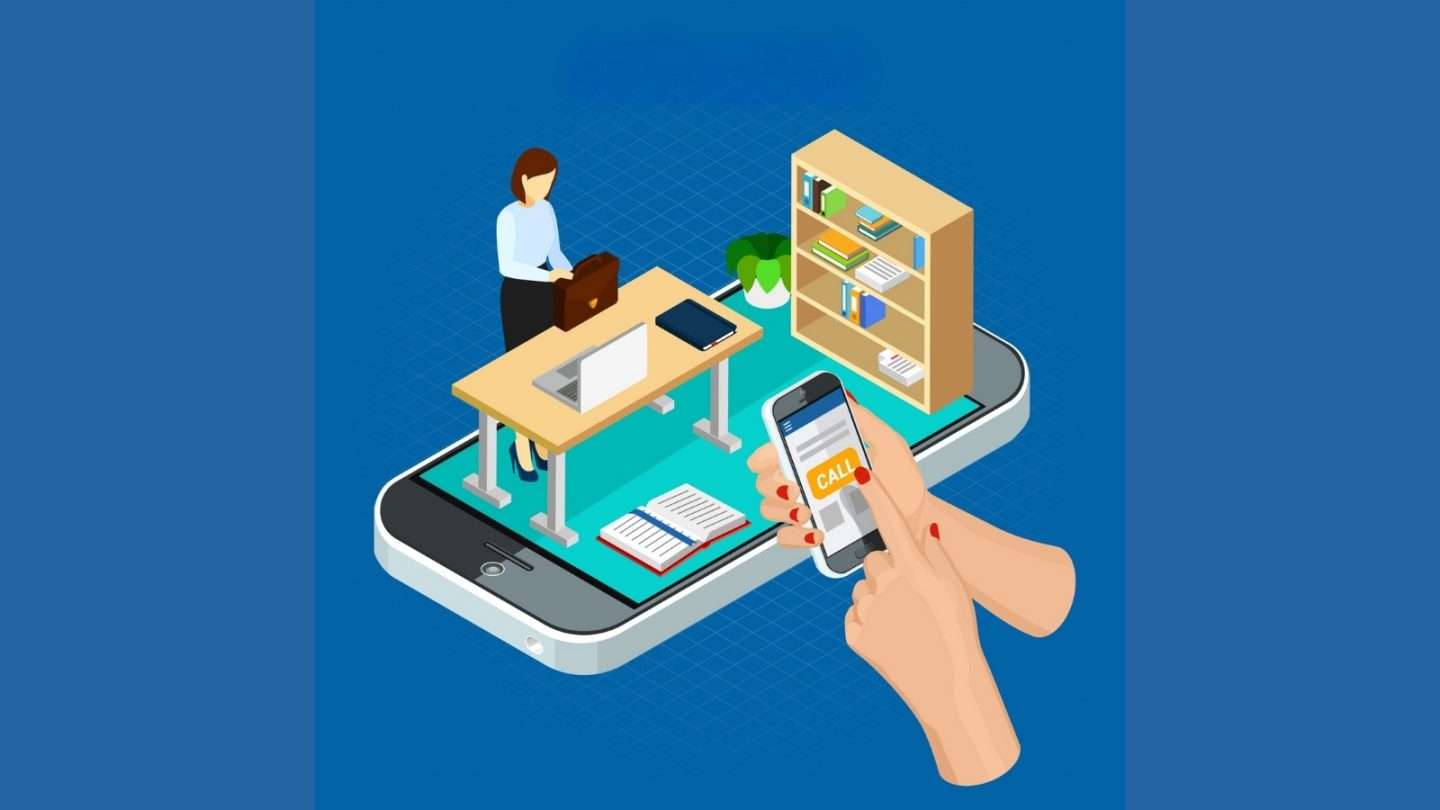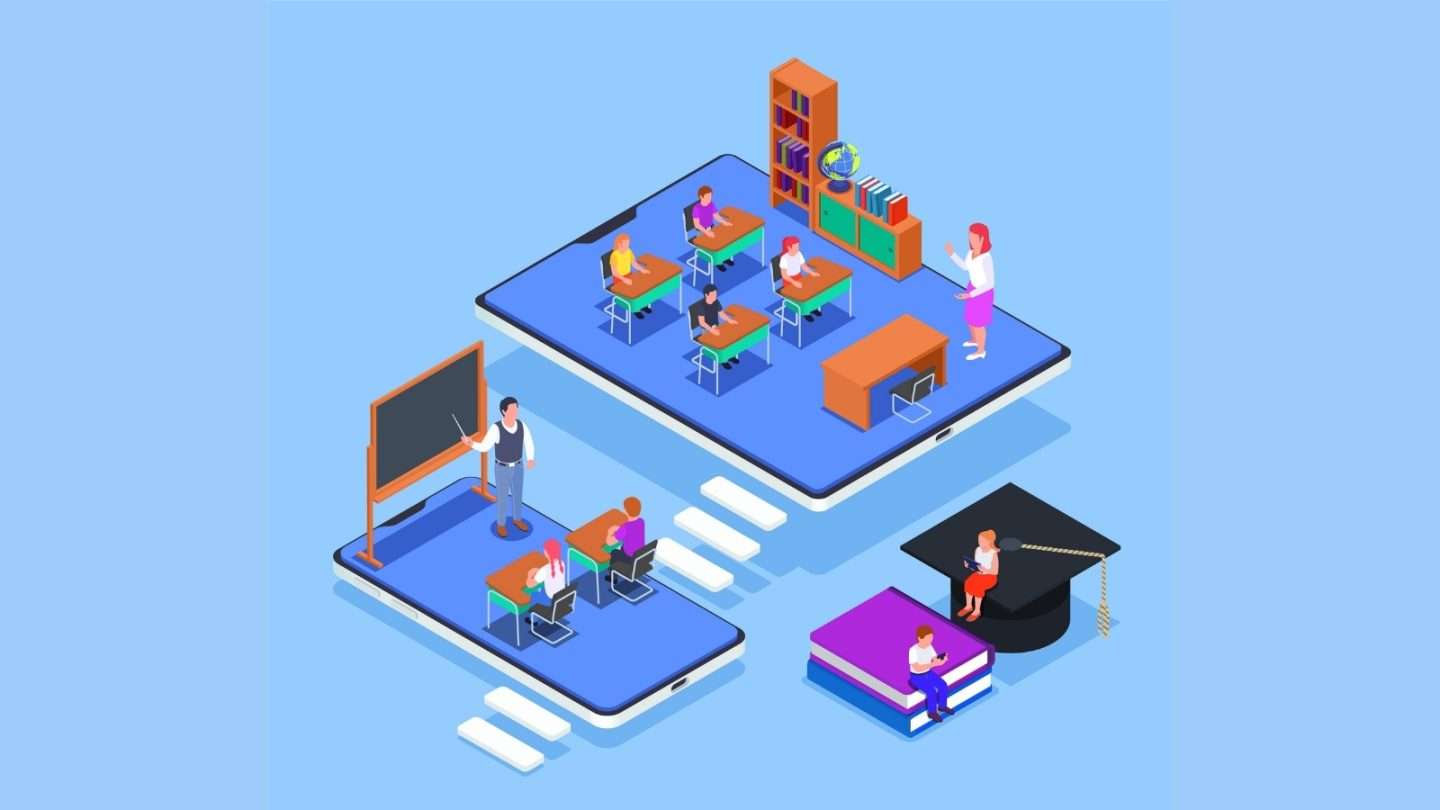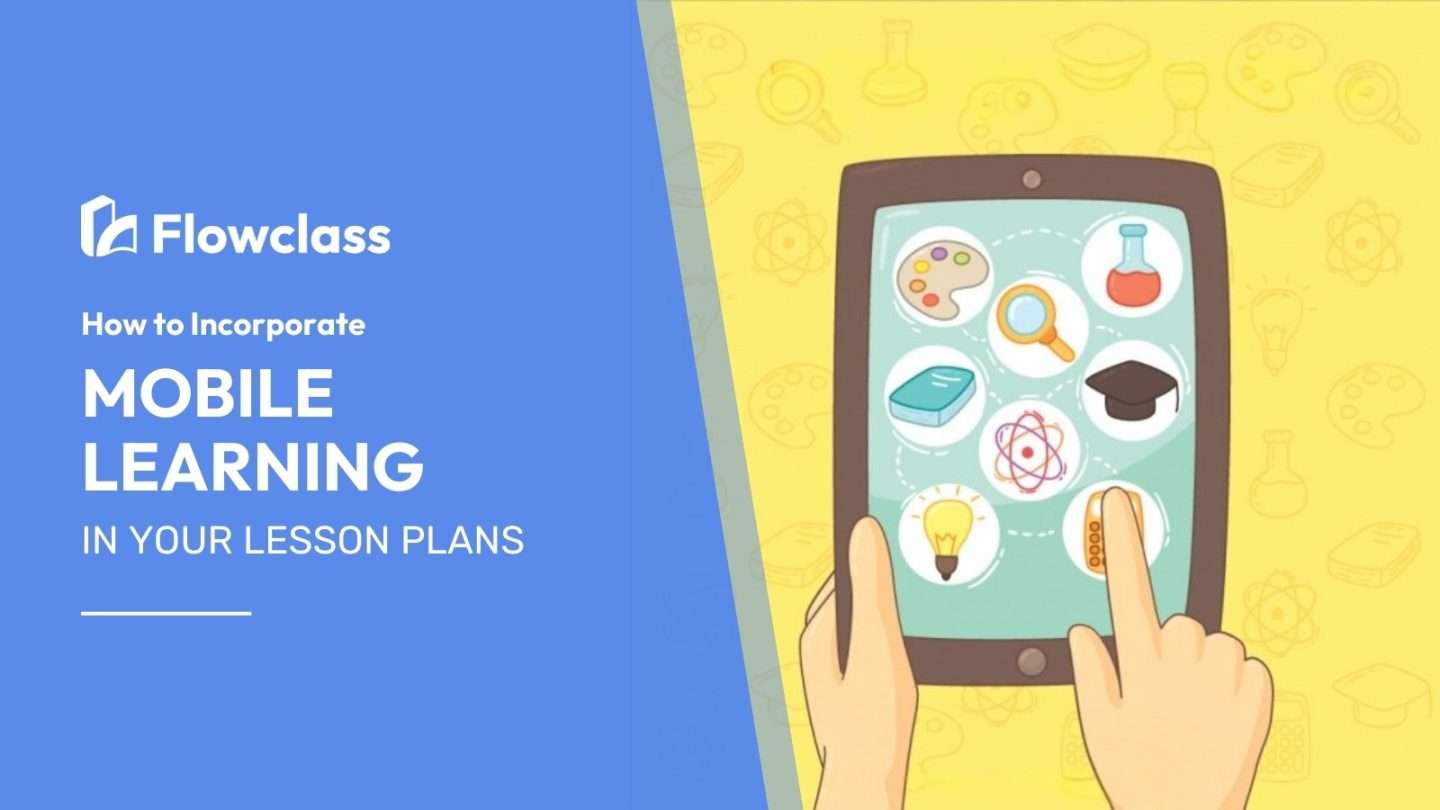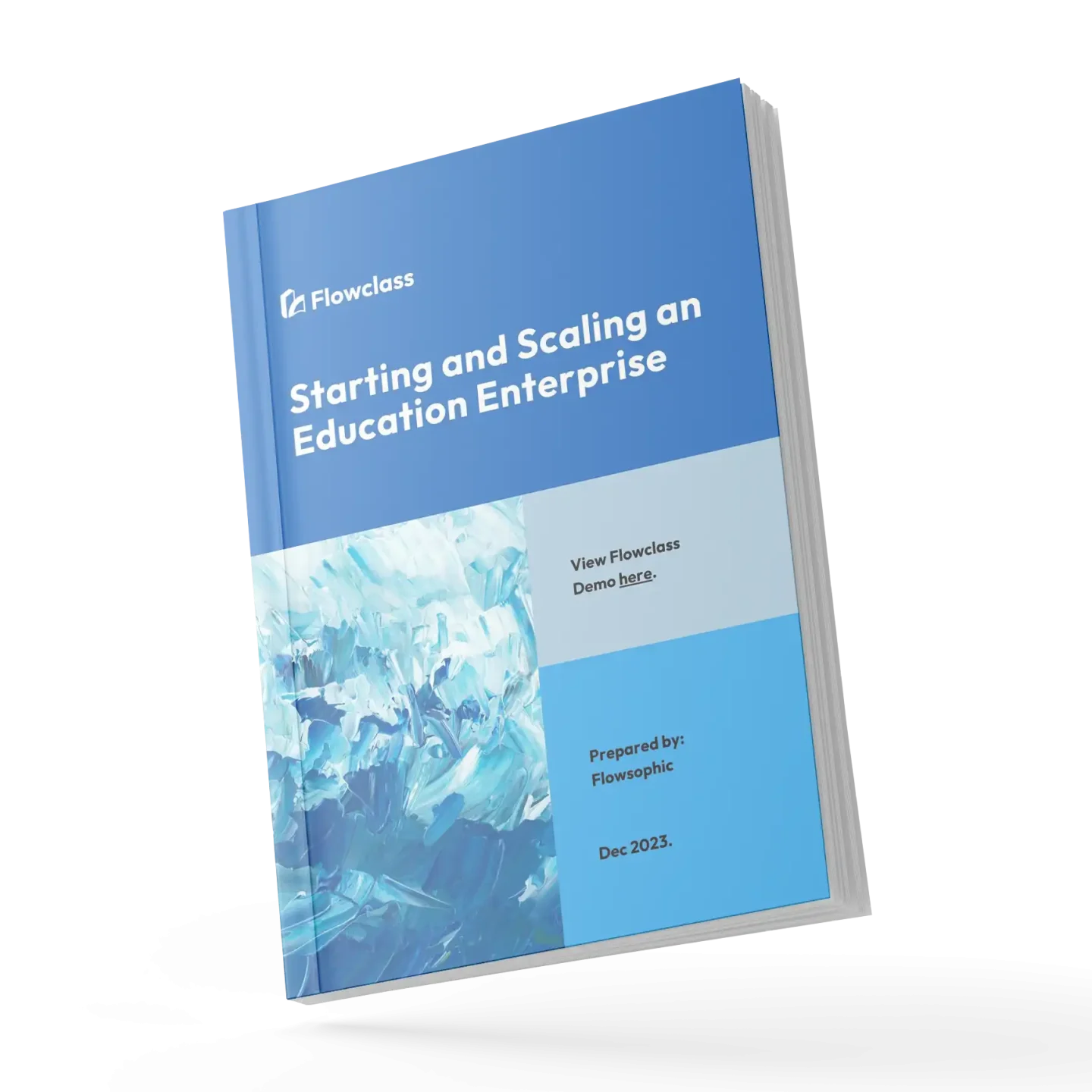Mobile learning has become an essential part of modern education. With the rise of smartphones and tablets, students now have access to a wealth of information right in their hands. As an educator, incorporating mobile learning into your lesson plans can enhance student engagement, improve learning outcomes, and make lessons more interactive.
In this blog, we will explore how to effectively integrate mobile learning into your classroom, offering practical tips and strategies that you can implement right away.
What Is Mobile Learning?

Before we dive into the “how,” let’s first understand mobile learning. In simple terms, mobile learning (often referred to as m-learning) is the use of mobile devices such as smartphones, tablets, and laptops to access educational content.
Students can learn anywhere and at any time, whether they’re in the classroom, at home, or on the go. This flexibility is one of the key advantages of mobile learning, as it allows for continuous, on-demand learning that aligns with the fast pace of modern life.
Why Use Mobile Learning in Lesson Plans?
There are several reasons why mobile learning is becoming increasingly popular in education. First, mobile devices are already a part of students’ everyday lives. They are familiar with using them for a variety of tasks, which makes learning through mobile devices feel natural.
Additionally, mobile learning promotes self-directed learning. Students can access educational content at their own pace and revisit lessons as needed. This helps reinforce learning, especially for students who may need more time to grasp certain concepts.
Also, mobile learning encourages active engagement. Interactive apps, quizzes, and videos can keep students involved in the learning process, making it more dynamic and enjoyable.
For a deeper understanding of why mobile learning is essential, check out this article from EdTech Magazine.
How to Get Started with Mobile Learning
If you’re ready to incorporate mobile learning into your lesson plans, the first step is preparation. Before implementing any new technology, it’s important to ensure that both you and your students are comfortable with using mobile devices for learning.
Start small. You don’t need to overhaul your entire lesson plan in one go. Instead, begin by incorporating mobile learning into one or two lessons. This gives you time to assess what works and what doesn’t, and it allows students to adjust to the new format without feeling overwhelmed.
Set clear goals. Decide what you want to achieve with mobile learning. Are you looking to improve student engagement, provide additional resources, or offer more personalized learning opportunities? Having clear objectives will help guide your lesson planning.
Choose the right tools. There are countless mobile learning apps and platforms available, but not all of them will be suitable for your classroom. Look for apps that align with your subject matter and teaching style. Popular tools like Google Classroom, Edmodo, and Kahoot! are great for starting out because they’re easy to use and widely known.
Mobile Learning Enhances Engagement in Lesson Plans

One of the greatest benefits of mobile learning is its ability to increase student engagement. Mobile devices allow students to interact with content in ways that go beyond traditional textbooks or lectures.
For example, instead of passively reading about historical events, students can explore interactive timelines, watch videos, and participate in virtual simulations. This makes the learning experience more immersive and memorable.
You can also use mobile learning to encourage collaboration. Many apps and platforms allow students to work together on projects, share ideas, and give feedback. This fosters a sense of community and teamwork, which is often difficult to achieve in traditional classroom settings.
If you’d like to read more about the power of engagement through mobile learning, check out this article from TeachThought.
Mobile Learning and Personalized Learning
Another way mobile learning can benefit your lesson plans is by enabling personalized learning. Every student learns at a different pace, and mobile learning allows you to tailor lessons to meet individual needs.
For instance, students who are struggling with a particular concept can access additional resources, such as videos or practice exercises, on their mobile devices. Meanwhile, students who grasp the material more quickly can move ahead to more advanced content.
Additionally, mobile learning apps often provide immediate feedback, which helps students understand their mistakes and correct them right away. This is particularly useful in subjects like math, where instant feedback can prevent students from reinforcing incorrect methods.
Personalized learning also helps students take ownership of their education. By having access to a variety of learning materials, they can choose the resources that work best for them, leading to increased motivation and better outcomes.
Here’s a useful guide on personalized learning through mobile tools from eLearning Industry.
Integrating Mobile Learning into Daily Lesson Plans
Now that we’ve covered the “why,” let’s look at the “how.” Here are some practical ways to integrate mobile learning into your daily lesson plans.
1. Use Mobile Apps for Interactive Learning
There are countless educational apps available that cover a wide range of subjects. For example, apps like Kahoot! and Quizizz allow you to create quizzes that students can complete on their mobile devices. This can be a great way to start or end a lesson, reinforcing the material in a fun and engaging way.
For science or math classes, apps like PhET Interactive Simulations allow students to explore complex topics through interactive experiments. These tools help bring abstract concepts to life, making them easier to understand.
2. Incorporate Mobile Videos and Podcasts
Videos and podcasts are excellent resources for mobile learning. Instead of relying solely on textbooks, you can assign students to watch educational videos or listen to podcasts on their mobile devices.
Many platforms, such as TED-Ed and YouTube for Education, offer high-quality video content that can complement your lessons. These resources are especially useful for visual and auditory learners who may struggle with text-based materials.
3. Encourage Collaborative Mobile Projects
Mobile learning doesn’t have to be a solo activity. You can encourage collaboration by assigning group projects that require students to use mobile tools.
For example, students can use apps like Google Docs or Padlet to work together on presentations, research papers, or discussion boards. By incorporating mobile learning into group activities, you foster teamwork and communication while enhancing digital literacy.
4. Assign Mobile Homework and Assessments
Mobile learning is also great for homework and assessments. Instead of traditional paper-based assignments, consider using mobile platforms to assign and collect homework. Apps like Google Classroom or Seesaw allow students to submit assignments digitally, saving time and resources.
Moreover, mobile assessments can provide immediate feedback. Tools like Socrative or Formative offer real-time quizzes and assessments that show students their results instantly. This helps identify gaps in knowledge and allows for quick intervention.
Overcoming Challenges with Mobile Learning
While mobile learning offers many benefits, it’s not without challenges. One of the main concerns is digital equity. Not all students may have access to mobile devices or reliable internet, which can create gaps in learning opportunities.
To overcome this, consider providing alternative resources for students who may not have access to technology. You can also encourage students to use school-provided devices, such as tablets or laptops, during class time.
Another challenge is ensuring that students stay focused on learning while using mobile devices. It’s easy for students to get distracted by social media or other apps. To mitigate this, establish clear guidelines for mobile device use in the classroom and monitor students’ activity closely.
For more tips on overcoming challenges with mobile learning, take a look at this guide from eSchool News.
Conclusion
Incorporating mobile learning into your lesson plans can revolutionize the way your students learn. With the right tools and strategies, you can enhance engagement, personalize learning, and provide students with the flexibility they need to succeed.
By starting small, setting clear goals, and choosing the right tools, you can seamlessly integrate mobile learning into your classroom. Whether through apps, videos, or collaborative projects, mobile learning offers endless opportunities to enrich the educational experience.
So, why not give it a try? Explore the different mobile learning tools available, and see how they can transform your lesson plans for the better.


